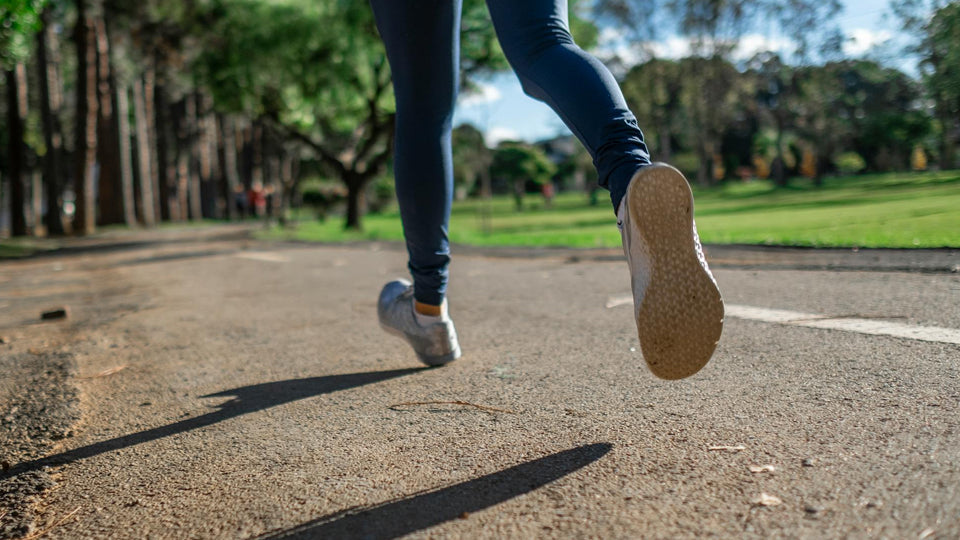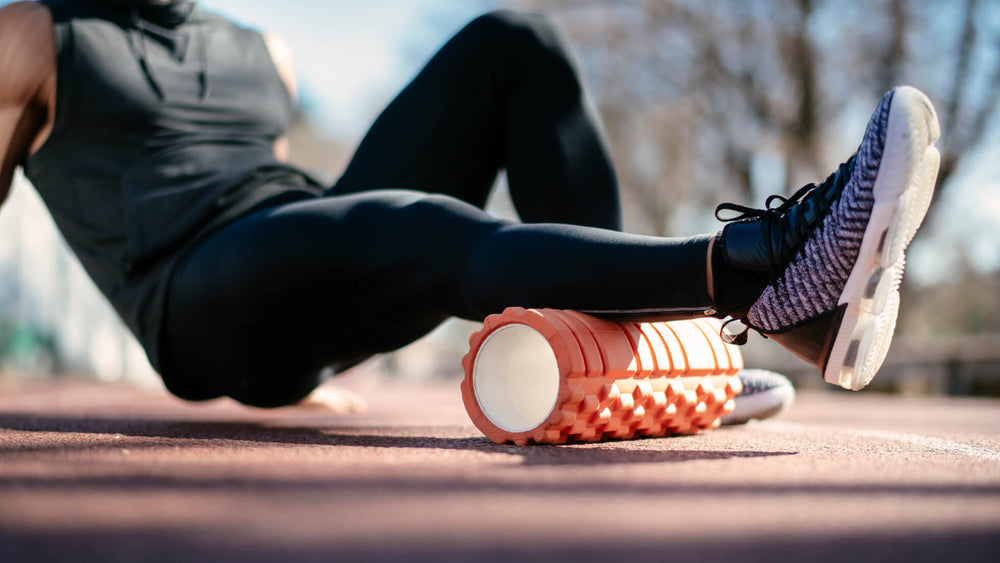Embracing Heel Striking: It’s Okay to Land on Your Heels

When it comes to running, there’s on debate that bubbles to the top time and time again — does your foot strike matter? Runners are often categorized into one of three groups —heel strikers, midfoot strikers, or forefoot strikers, with heel striking having a particularly polarizing and negative connotation. But is it warranted?
In this blog, we’ll dive into the different foot strike patterns, the relationship between injuries and foot strike, along with tips for identifying your own running stride.
Understanding Foot Strike Patterns
Foot strike patterns refer to the way a runner lands on the ground with each step. The three main types of foot strikes are:
1. Heel Strike: The heel makes contact with the ground first. This is the most common foot strike among recreational runners.
2. Midfoot Strike: The midfoot, or arch area, lands first. This pattern is often associated with a more neutral landing.
3. Forefoot Strike:The ball of the foot contacts the ground first. This is typical while sprinting and in some distance runners and elite runners who prefer a more aggressive running style.
Each runner has a unique foot strike influenced by various factors, including anatomy, running form, and personal comfort. And (spoiler alert!) there is no one “right” way to strike the ground; every pattern has its merits.
The Myth of Injury Rates and Foot Strike
One of the most common arguments against heel striking is the belief that it leads to a higher risk of injury. However, research does not consistently support this idea. Numerous studies have found that injury rates among heel strikers were not significantly different from those of midfoot or forefoot strikers. Factors such as training volume, running technique, body weight, training surface, type of running shoes, and individual biomechanics play a much more substantial role in running injury risk than foot strike alone.
In fact, many elite and recreational runners are heel strikers who have successfully trained for marathons and ultra-marathons without experiencing significant injuries. The key to preventing injuries lies not in changing your foot strike but in addressing aspects like:
-
Proper training –gradually increasing mileage and incorporating rest days to allow for recovery
-
Strength training – building strength in the feet, ankles, knees, hips, and glutes to support proper running form
-
Flexibility and mobility –ensuring a good range of motion can help reduce the risk of strains and sprains
Identifying Your Running Foot Strike
Not sure how you land? Here are several methods to help you identify your foot strike while running:
1. Self-Observation
One of the simplest ways to determine your foot strike is to observe yourself while running. You can do this by:
-
Running on a treadmill: If you have access to a treadmill, run at a comfortable pace and use a mirror to observe how your foot lands. You can also film yourself from the side using your phone.
-
Running outside: Pay attention to your footfalls and try to notice whether your heel, midfoot, or forefoot contacts the ground first. If you want to get crafty, ask a friend to bike next to you and film a couple strides.
2. Footprint Test
Another effective way to identify your foot strike is through a footprint test. Here’s how to do it:
-
Wet footprint method: Wet your foot and step onto a piece of cardboard or paper while walking normally. Examine the imprint to see how much of your foot makes contact with the surface. A prominent heel print suggests a heel strike, while a more balanced print indicates a midfoot or forefoot strike. Try to clear your mind and not focus on stepping in any particular way while completing this test.
3. Running Analysis
For a more detailed assessment, consider getting a gait or biomechanics analysis from a coach or a specialized running store. They often have the tools and expertise to analyze your running technique and provide insights into your foot strike, as well as recommendations for improving your form if necessary.
Lace Up Your Shoes and Go
Ultimately, whether you are a heel striker, midfoot striker, or forefoot striker, what matters most is finding a running form that helps you feel comfortable and strong over the long haul. There’s no point in intentionally changing your stride only to suffer injury after injury. It’s essential to listen to your body and recognize that your foot strike might change as you develop as a runner, as you run on different terrain, and as you use different equipment such as shoes with more cushioning or hiking poles.
Running is a highly personalized activity, and the way you land on your feet is just one aspect of your running journey. Embrace your heel strike if that is what feels natural to you, and remember that the joy of running comes from the movement itself, not from conforming to a specific style.
Take the next step in your training regimen: Try any BRL Sports supplement risk-free! If our natural nutritional products aren’t the best you’ve ever used, simply return your purchase for a 100% refund — no questions asked!
Also in Inspiration & Perspiration

High Altitude Supplements: Complete Guide to Training & Prevention (Altitude Sickness Solutions)
Support endurance and reduce altitude stress with supplements that improve oxygen efficiency, stamina, and recovery in high-altitude conditions.

Best Supplements For Runners: Complete Guide By Training Phase (Base, Peak, Taper & Race Day)
Discover the best supplements for runners by training phase—base, peak, taper, and race day—to boost endurance, recovery, and performance.

Creatine for Endurance vs. Sprint Efforts
Creatine isn’t just for power—learn how it boosts sprint speed, recovery, and endurance performance.


